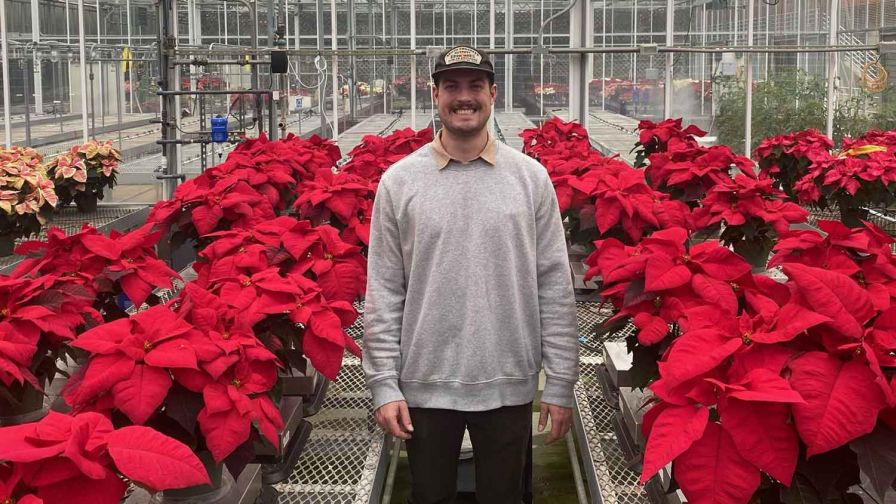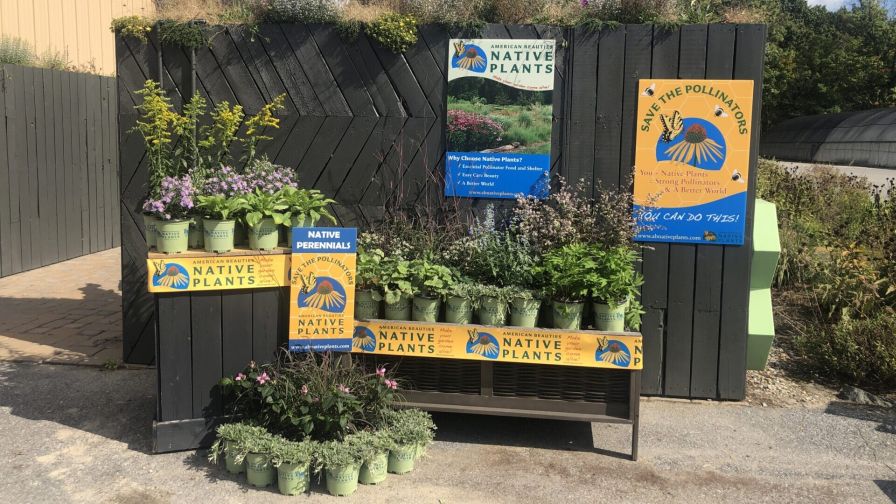How Aging Wood Fiber Can Alleviate Phytotoxic Effects in Plant Substrates

Jack Bobo is a horticultural substrates doctoral student in the Department of Horticultural Science at North Carolina State University.
Many countries in Europe have proposed bans or restrictions on peat, leaving greenhouse growers and retailers searching for an affordable alternative horticulture substrate. Jack Bobo, a doctoral student at North Carolina State University (NCSU), is studying the preconditioning of horticulture wood fiber substrates for use in the production of floriculture crops, including poinsettias.
Bobo’s research garnered first-place recognition at the American Society for Horticultural Science (ASHS)’s annual meeting for his oral presentation and second place for his research poster presentation on “Aging Alleviates Phytotoxic Effects in Wood Fiber Substrates for Some Floriculture Crops.”
The NCSU Horticultural Sciences website recently provided an overview of Bobo’s research, including his findings that aging wood fiber for 100 days was the most effective way to mitigate chemicals when compared with the other preconditioning methods.
“We found that poinsettias can have up to 60% aged wood fiber in its substrate mix before seeing changes in plant dry weight,” Bobo says. “We also found that there were no differences in marigold plant dry mass across all ratios of fresh and aged wood fiber when compared to a peat/perlite control mix.”
Learn more about the research, as well as when and why Bobo became interested in horticultural science, at NCSU.edu.








